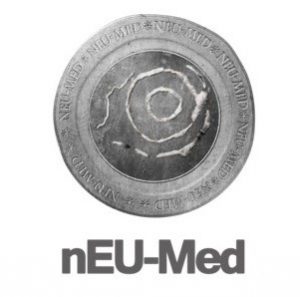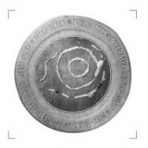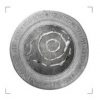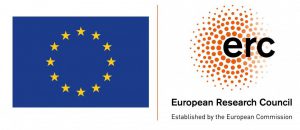Over the past thirty years, Medieval Archaeology has provided a significant amount of data capable of modifying the traditional interpretation of the history of Europe from the fall of the Roman Empire up until the central Middle Ages. Important summary frameworks have recently been developed, particularly with regard to Northern Europe, which, unlike Southern Europe, underwent considerable and uniform economic growth between the 7th and 9th centuries. It was only in the 9th century that certain regions of southern Europe, such as Italy, began to undergo similar transformation processes. This led to the gradual formation of a more balanced economic scenario, starting in the 12th century, which was a prelude to a broader and more uniform system of trade and cultural exchange between Northern and Southern Europe. However, the manner and timing of this initial crucial growth in the western Mediterranean, which took place between the 7th and 12th centuries, still remains to be fully understood. This project is aimed at gaining a better understanding of these processes through the analysis of the changes in the human settlements and the natural and agricultural landscapes in relation to the exploitation of resources and the various political strategies.
In order to address historical questions of this type, the ERC nEU-Med project has decided to investigate an extremely large sample area of great historical and archaeological interest; a segment of the northern Maremma region between the “Colline Metallifere” and the coast, which includes the entire gulf of Follonica. A significant amount of data is already available for the territory, thanks to previous archaeological and documentary research conducted by the University of Siena and coordinated by Riccardo Francovich over the past thirty years, which provide for a valuable starting point, and render the five-year objectives proposed by the project realistically feasible.
The project is characterized by a strong interdisciplinary approach. The integration of the archaeological research with disciplines like geoarchaeology, archaeobotany, archaeometallurgy, physical anthropology, and physical chemistry, is essential to reconstructing a general history of the landscape.
The project is organized into work packages consisting of various activities. Each work package includes the activities of experts in the field with extensive knowledge of the project’s area.




